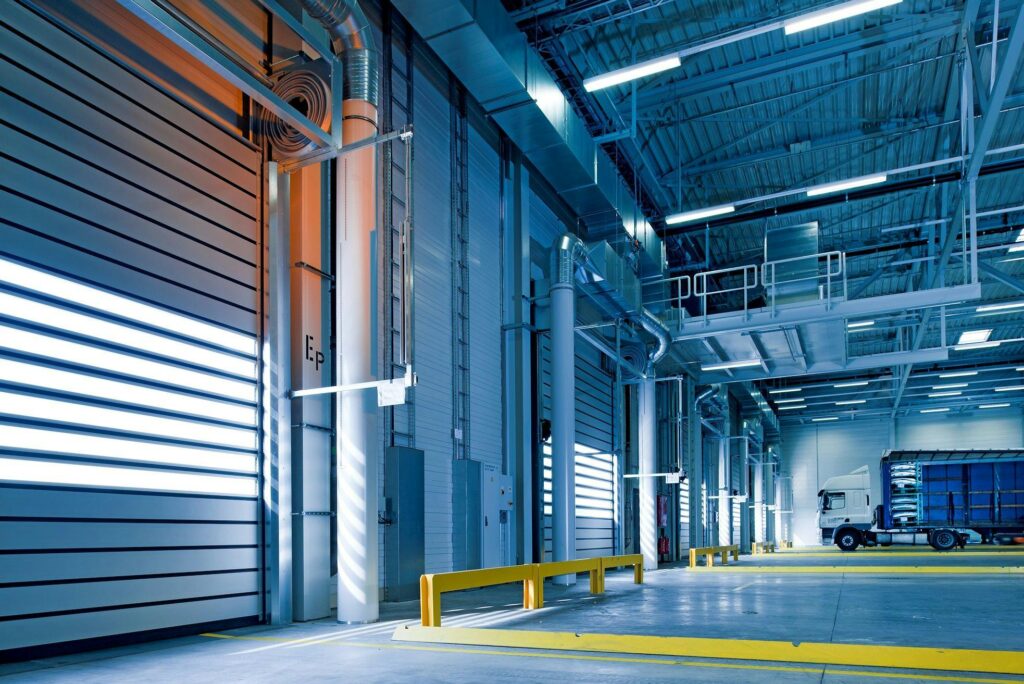
Dock equipment plays a critical role in ensuring smooth, safe and efficient operations for businesses that rely on loading and unloading shipments daily. From dock levelers to doors and vehicle restraints, this equipment is constantly under pressure and subject to wear and tear. Over time, even the most durable systems reach a point where maintenance and repairs no longer provide the reliability required to keep operations moving. Replacing outdated commercial dock equipment in Baton Rouge, LA, not only reduces costly downtime but also enhances worker safety and improves overall efficiency. Understanding the warning signs that your dock equipment has reached the end of its service life can help you make informed decisions and avoid unexpected disruptions:
1. Frequent Breakdowns and Costly Repairs
One of the clearest indications that dock equipment needs replacement is when it frequently breaks down despite regular servicing. Businesses may notice an increase in repair requests, replacement parts and technician callouts. While occasional maintenance is expected, repeated failures suggest the equipment’s core components are wearing out. At this point, investing in new dock equipment can actually be more cost-effective than continuously pouring money into repairs. Additionally, newer equipment models often come with advanced technology designed to minimize maintenance needs, which further helps in reducing long-term costs.
2. Decreased Efficiency and Slower Operations
If employees are experiencing slower loading and unloading times, the dock equipment may no longer be operating at its peak performance. Hydraulic systems that once operated smoothly can begin to lag, dock levelers may not align properly or vehicle restraints may struggle to secure trailers effectively. This inefficiency not only slows down productivity but also increases labor costs because employees must spend extra time completing the same tasks. Slower operations can also frustrate truck drivers and create scheduling delays for deliveries. Replacing old dock equipment ensures smoother operations, improves throughput and enhances the overall workflow.
3. Visible Wear, Damage or Safety Concerns
Over time, dock equipment can show signs of visible damage, including cracks in the structure, bent metal components or warped dock plates. Such wear compromises the equipment’s ability to function safely and increases the risk of workplace injuries. Equipment that looks worn out can also raise concerns during safety audits or inspections. Ignoring these issues not only jeopardizes worker safety but can also result in liability for accidents. Replacing damaged or visibly deteriorated dock equipment ensures compliance with safety standards while protecting employees and reducing risks associated with malfunctioning systems.
4. Rising Energy Costs and Poor Insulation
Dock doors, levelers and seals play a major role in controlling a facility’s energy efficiency. When dock equipment becomes outdated, it may fail to seal properly, leading to drafts, temperature fluctuations and increased strain on heating and cooling systems. This can cause energy bills to rise significantly, especially in warehouses that rely on climate control for inventory protection. Replacing old equipment with modern, energy-efficient designs helps reduce utility costs while improving comfort for workers. Over time, the savings from energy efficiency can offset the initial cost of investing in new equipment.
5. Outdated Technology and Incompatibility with Modern Needs
Advancements in dock equipment have introduced new features that improve safety, efficiency and automation. If your facility is relying on outdated technology, it may be missing out on these improvements. Modern dock equipment offers features such as advanced vehicle restraints, integrated safety sensors and automated controls that reduce manual labor. Continuing to use equipment that lacks these functions can place your business at a disadvantage compared to competitors with updated systems. Replacing outdated dock equipment ensures that your facility stays current with industry standards and is better prepared to meet growing operational demands.
Frequent breakdowns, slow operations, visible damage, higher energy costs and outdated technology are clear warning signs that replacement is the smarter choice over ongoing repairs. Investing in modern dock solutions not only enhances safety and reliability but also keeps your operations competitive and efficient. If your facility also relies on automated entrances, ensuring timely gate operator repair in Baton Rouge, LA, and upgrades can further support smooth, secure and uninterrupted workflow.
Upgrade your dock equipment with reliable, modern solutions that improve efficiency, safety and cost savings. Contact Southeastern Overhead Door, a reputed commercial dock service provider. Call them at 225-753-1595 to discuss your options and ensure your facility operates at its best.
FAQs
1. How often should dock equipment be replaced?
The lifespan of dock equipment depends on usage, maintenance and the type of equipment. On average, most dock levelers and doors last between 10 to 15 years, but heavy-use facilities may require replacement sooner. Regular inspections can help determine when replacement is the best option.
2. Can I extend the life of my dock equipment with maintenance?
Yes, regular maintenance can extend the service life of dock equipment by identifying issues early and ensuring smooth operation. However, once equipment starts breaking down frequently or no longer meets safety and efficiency standards, replacement becomes the better long-term solution.
